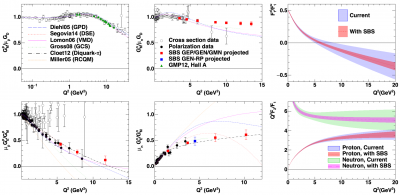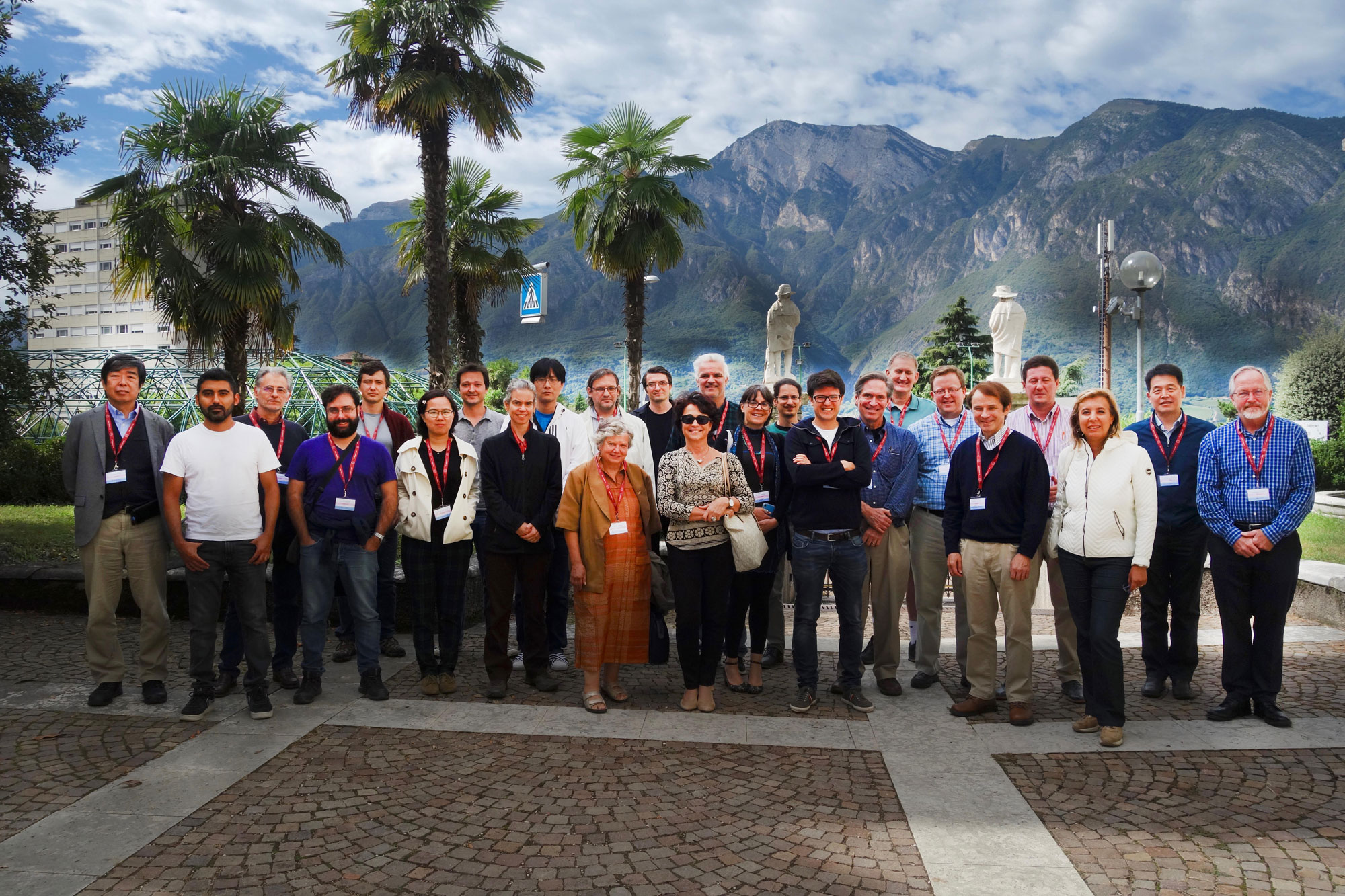Two new experiments using the Super BigBite Spectrometer (SBS) have been approved by the Jefferson Lab Program Advisory Committee (PAC) at its 48th meeting.
The goal of the first experiment (E12-20-010), with UConn postdoc Eric Fuchey as co-spokesperson and contact person, is to perform the first precise measurement of the so-called “Rosenbluth slope” in the elastic electron-neutron scattering cross section at a large momentum transfer, to determine whether there are significant contributions to this process beyond the dominant single-photon-exchange contribution, as is already well established for elastic electron-proton scattering. The PAC approved this experiment for two days of new beam time with a scientific rating of “A-“.
The slides from Dr. Fuchey’s PAC presentation can be found here
The goal of the second experiment (E12-20-008), with Professor Puckett as co-spokesperson and contact person, is to perform a first measurement of the polarization transfer observables in the photoproduction of charged pions in the reaction γ+n → π–+p at high energies and wide scattering angles in the center-of-mass frame. These measurements can unambiguously test predictions based on the framework of Generalized Parton Distributions (GPDs). The PAC approved this experiment for two days of new beam time with a scientific rating of “B+”.
The slides from Prof. Puckett’s PAC presentation can be found here

